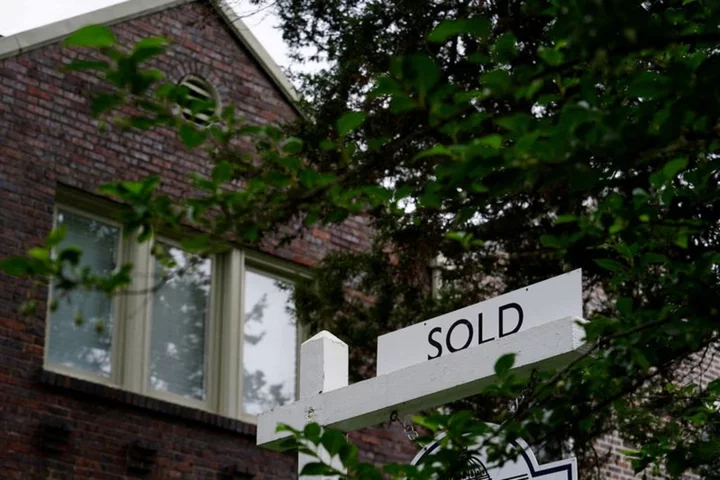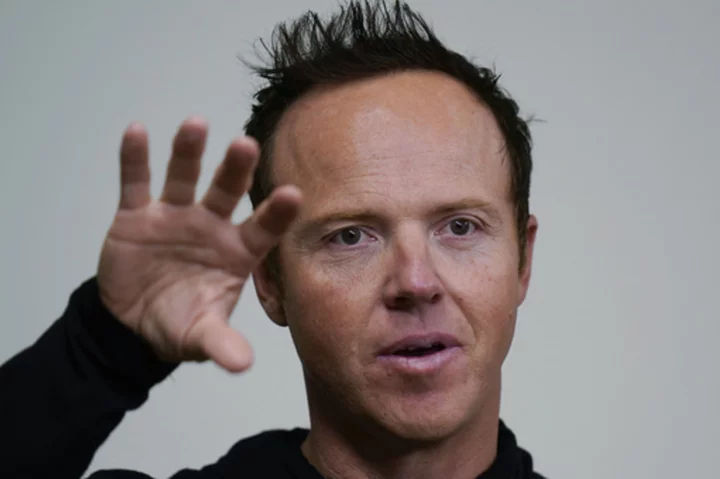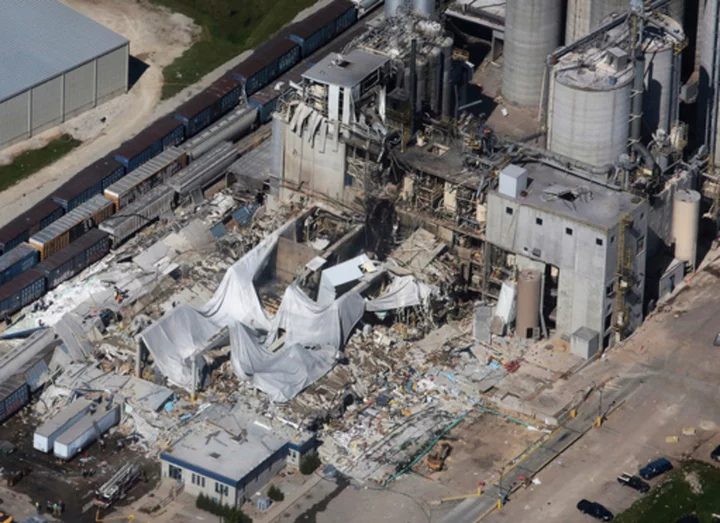By Lucia Mutikani
WASHINGTON (Reuters) -Sales of new U.S. single-family homes fell more than expected in October as higher mortgage rates squeezed out buyers even as prices plunged, but the setback is likely temporary amid a persistent shortage of previously owned houses on the market.
The decline in sales reported by the Commerce Department on Monday was in line with a recent deterioration in homebuilder sentiment, which came as the rate on the popular 30-year fixed-mortgage approached 8%, leaving builders anticipating weaker sales. Mortgage rates have since retreated from two-decade highs and are at levels last seen in late September.
"The market for new homes remains very solid by any historical standard and continues to be boosted by extremely low existing home inventory," said Daniel Vielhaber, an economist at Nationwide in Ohio.
New home sales dropped 5.6% to a seasonally adjusted annual rate of 679,000 units last month, the Commerce Department's Census Bureau said. September's sales pace was revised lower to 719,000 units from the previously reported 759,000 units.
Economists polled by Reuters had forecast new home sales, which account for a small share of U.S. home sales, would fall to a rate of 723,000 units.
New home sales are counted at the signing of a contract, making them a leading indicator of the housing market. They, however, can be volatile on a month-to-month basis. Sales increased 17.7% on a year-on-year basis in October.
Monthly sales rose in the Northeast and densely populated South. But they tumbled in the Midwest, the most affordable region, and in the West, where housing is expensive.
The stock of previously owned houses on the market is nearly 50% below its pre-pandemic level, according to the National Association of Realtors, which last week reported that home resales plunged to more than a 13-year low in October.
Most homeowners have mortgage rates under 3%, making many reluctant to sell, boosting demand for new construction. The rate on the 30-year fixed-rate mortgage jumped to an average of 7.79% in late October, the highest level since November 2000, according to data from mortgage finance agency Freddie Mac.
Mortgage rates soared as the Federal Reserve aggressively raised interest rates to fight inflation.
The 30-year fixed rate mortgage has fallen in recent weeks, and averaged a still-high 7.29% last week, tracking the decline in the 10-year U.S. Treasury yield amid optimism that the U.S. central bank was likely done hiking interest rates and could start easing monetary policy by mid-2024.
"Fed hikes are not having the desired effect because households have locked in low levels of mortgage rates during the pandemic," said Torsten Slok, chief economist at Apollo Global Management in New York.
The median new house price in October was $409,300, a 17.6% drop from a year ago. That was the largest percentage decline since the government started tracking records in 1964 and probably reflected incentives, including price cuts, being offered by builders to attract buyers.
Economists cautioned against reading too much in the price drop, noting that other measures like the Federal Housing Finance Agency's house price index showed strong price growth.
"High prices are also weighing on homebuying activity," said Daniel Silver, an economist at JPMorgan in New York. "Although the median sale price in the new home sales report fell, we should keep in mind that this is not a very reliable house price gauge because it does not control for changes in the mix of sales."
Houses in the $150,000 to $499,999 price range accounted for a large share of the transactions last month. There were 439,000 new homes on the market at the end of October, slightly up from 433,000 in September.
Most of the inventory was houses under construction. At October's sales pace it would take 7.8 months to clear the supply of houses on the market, up from 7.2 months in September.
The government also reported on Monday that permits for future home construction were higher than previously estimated in October, increasing 1.8% to a rate of 1.498 million units. Building permits were earlier this month reported to have risen 1.1% to a pace of 1.487 million units.
Strong demand for new construction resulted in residential investment rebounding in the third quarter after contracting for nine straight quarters. The economy grew at a 4.9% annualized rate in the July-September quarter.
(Reporting by Lucia Mutikani; Editing by Paul Simao and Andrea Ricci)









